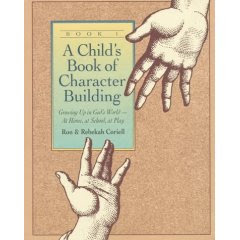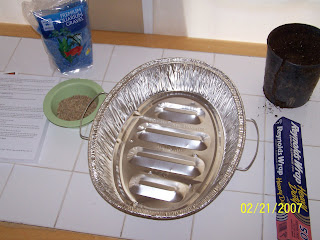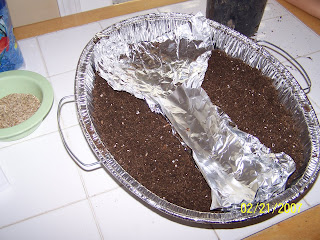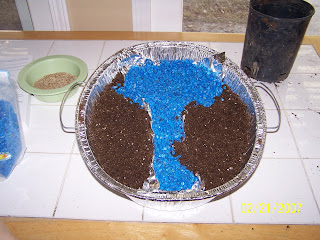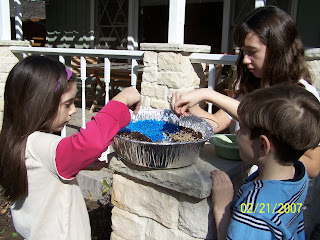I have to share with you one of my favorite teaching resources. We were first introduced to these books when Meg was in a preschool co-op, oh so many years ago.
A Child's Book of Character Building by R. Coriell presents 13 different character traits such as "attentive", "obedience", and "contentment". My girls can still, years later give you the definitions of many of these traits.
Each trait is introduced with an easy to remember definition and a Bible verse, then you are given 4 stories-
for example: "Attentive" - "listening with my ears, eyes, and heart" the stories that follow are; "Attentive in the Bible", "Attentive at home", "Attentive at school" and "Attentive at play".
We always started with "obedience" - it's just flat out needed if you are going to homeschool... then followed with "Attentive", also really needed for homeschooling- if for example, I have a student goofing off during read aloud, we can talk about what part of attentive they are missing...are they using their ears?, are their eyes somewhere else? Can you just imagine all the teachable moments for these traits?
I wrote earlier about adding a new student to our homeschool, we fairly early hit on some behavior problems- and I immediately reached for these books and introduced them as a subject we tackle first thing with the 3 youngest students. Because of the dynamics we were facing with our new student, I jumped to Book 2 of this series and started our first week with the word "responsible", which means "doing what I know I ought to do".
We start each day repeating the word and definition together several times, and we try to point out how they are demonstrating the word in our day to day life or when we see it in others. When we were in co-op, the lesson was stretched into two weeks and we were given a chart with the word, places to put stars for the child saying the definition daily, and a place for stars when caught demonstrating the word. I am skipping with the chart this time around, and just chanting it a lot with the kids.
I really cannot praise this series enough, it is really time well spent- and wonderful, needed attributes to hide in your children's hearts.

